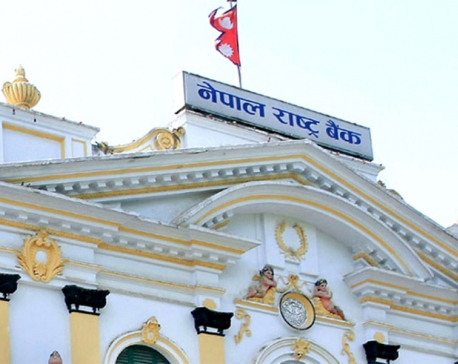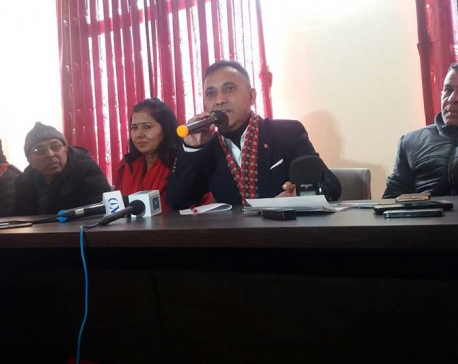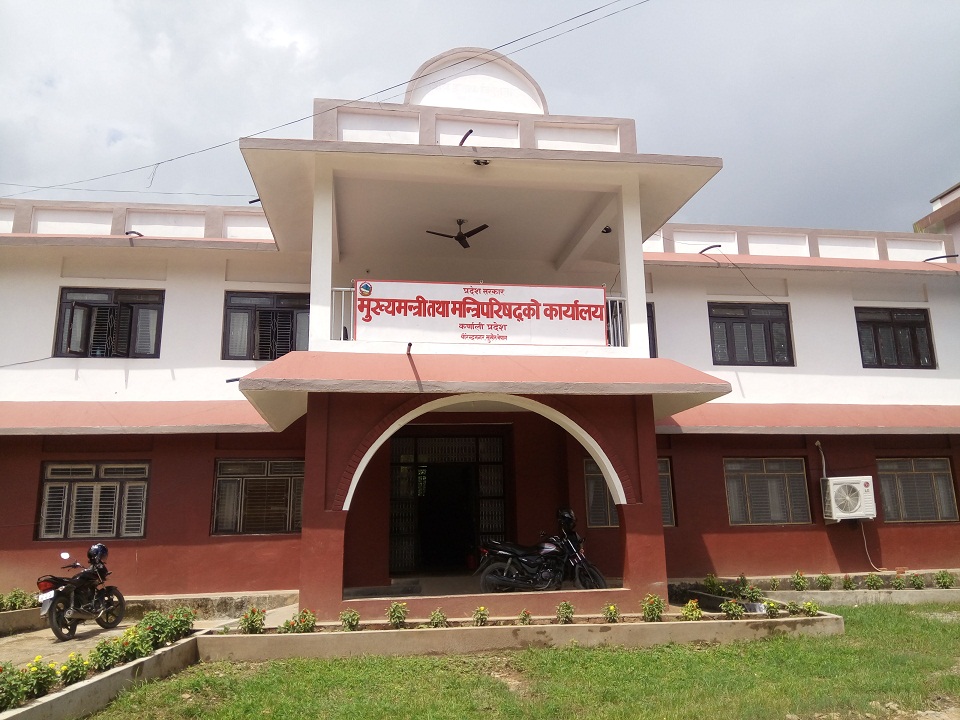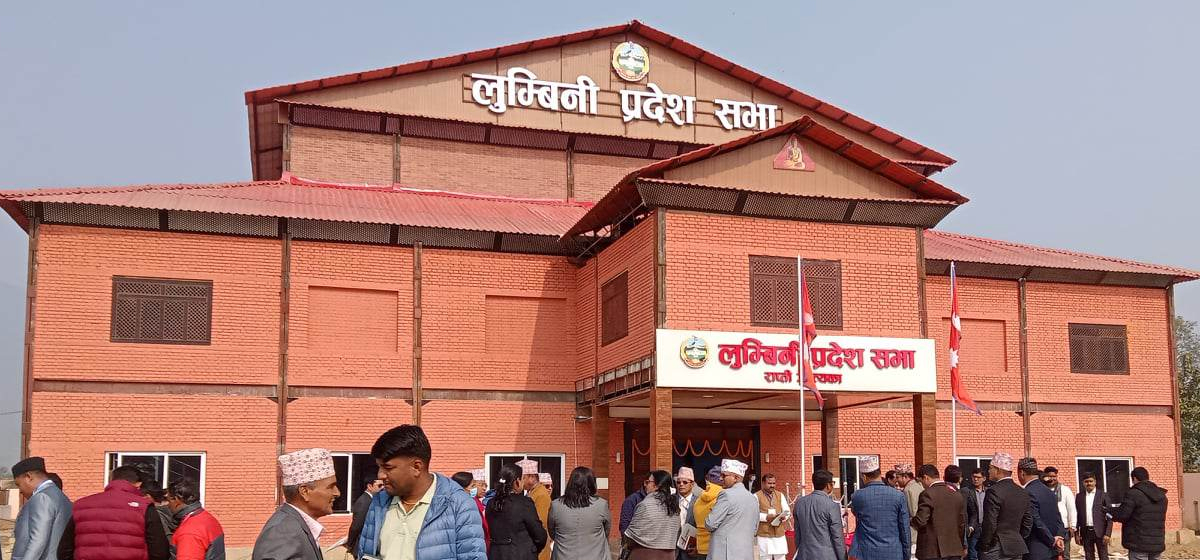
OR
NRB shrugs off liquidity crunch in face of 'aggressive lending' by BFIs
Published On: January 10, 2017 08:05 AM NPT By: Sagar Ghimire | @sagarghi
KATHMANDU, Jan 10: As banks and financial institutions (BFIs) up their 'aggressive' lending, Nepal Rastra Bank (NRB) has taken a cautious strategy of tightening liquidity (loan-able funds) to curb any lending binge, particularly in unproductive sectors.
The central bank's indifference toward bankers' plea to provide BFIs a financing facility to overcome fund shortages for credit expansion is in line with its strategy of dampening aggressive lending practices.
Nepal Bankers' Association (NBA) at a meeting with NRB Governor Chiranjibi Nepal last week, requested the central bank to provide them a financing facility against a pledge of government securities for at least six months to tide over the shortage of funds for making loans.
NRB has issued repo, a monetary instrument for banks that is generally meant to provide short-term liquidity for maintaining cash reserves. This has drawn a lukewarm response from the BFIs. They did not subscribe to the instrument, saying it cannot ease their problem.
According to senior NRB officials that Republica talked to, NRB's assessment is that the current tightening of liquidity at the BFIs stems from the BFIs' aggressive lending practices in the unproductive sector like real estate, vehicle purchase, the stock market and housing. So NRB did not intervene in the market, letting the ultra-low level of interest rates go up to some extent. These will get adjusted once capital expenditure picks up, according to NRB officials.
The rise in credit flow from BFIs despite slow deposit growth in recent months has now resulted in the liquidity shortage.
One of the major reasons for slowdown in deposit growth is a huge treasury surplus due to poor capital expenditure. Capital expenditure pumps money into the banking system as the money gets spent.
As of the first four months of the current fiscal year ending mid-November last, domestic credit and private sector credit from BFIs increased by 22.7 percent and 28.5 percent respectively on a year-on-year basis. In its monetary policy for fiscal year 2016/17, NRB has set the annual target of keeping domestic credit growth at 25 percent and private sector credit growth at 20 percent.
"If the credit expansion exceeds target, NRB tightens the liquidity in the market," said Nar Bahadur Thapa, an executive director at the central bank.
"Our concern is that most of the loans from the BFIs are directed toward the unproductive sector, which has created a shortage of funds for some banks wanting to lend more. If some banks face a liquidity shortage, they have to increase interest rates on savings to attract more deposits," added Thapa, who also heads the Research Department at NRB.
Bankers, however, warn that the liquidity shortage in the banking system risks hitting economic recovery if it persists for a few more months. They say a rise in the paid-up capital of BFIs in the last two years in line with NRB's new requirement justifies the rise in their loans, and deny that loans have been concentrated mainly in the unproductive sector. "The paid-up capital of banks has increased at least by double as NRB has set Rs 8 billion as the new minimum paid-up capital requirement, up from Rs 2 billion. This justifies the exponential rise in their business," said Kishore Maharjan, vice-president of Nepal Bankers' Association.
Maharjan, who is also CEO of Civil Bank Ltd, told Republica that most of the commercial banks have stopped committing and disbursing fresh loans due to liquidity crunch resulting from the mismatch of deposit and credit growth.
You May Like This

BFIs, NRB blame each other for credit crunch problem
KATHMANDU, Feb 11: Bankers have lamented the inaction of Nepal Rastra Bank (NRB) toward addressing the existing problem of credit crunch. Read More...

No liquidity crunch in market: NRB
KATHMANDU, Feb 1: Nepal Rastra Bank (NRB) has clarified that there is no liquidity crunch in the finance market. ... Read More...

Politics should be guided by agendas not by age: NC spokesperson
KATHMANDU, Jan 10: Nepali Congress spokesperson Bishow Prakash Sharma has said that the politics should be guided by agendas rather... Read More...




Just In
- NEPSE loses 3.24 points, while daily turnover inclines to Rs 2.36 billion
- Pak Embassy awards scholarships to 180 Nepali students
- President Paudel approves mobilization of army personnel for by-elections security
- Bhajang and Ilam by-elections: 69 polling stations classified as ‘highly sensitive’
- Karnali CM Kandel secures vote of confidence
- National Youth Scientists Conference to be organized in Surkhet
- Rautahat traders call for extended night market hours amid summer heat
- Resignation of JSP minister rejected in Lumbini province















Leave A Comment